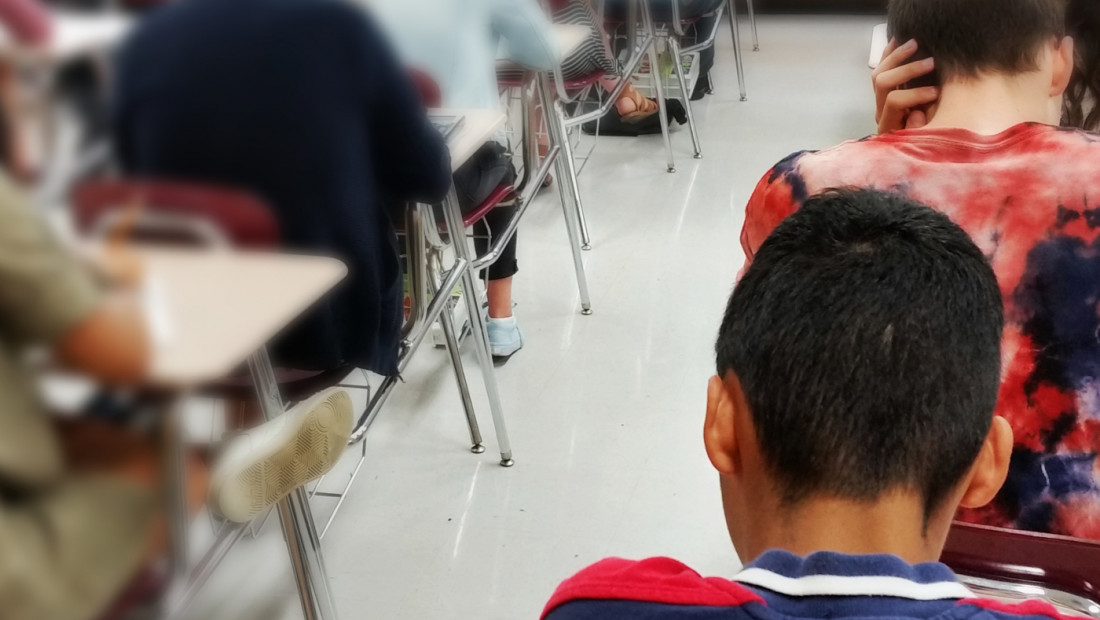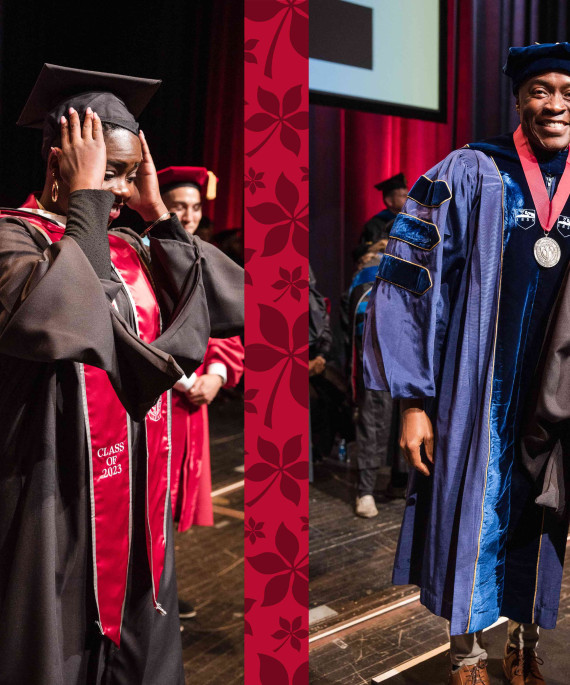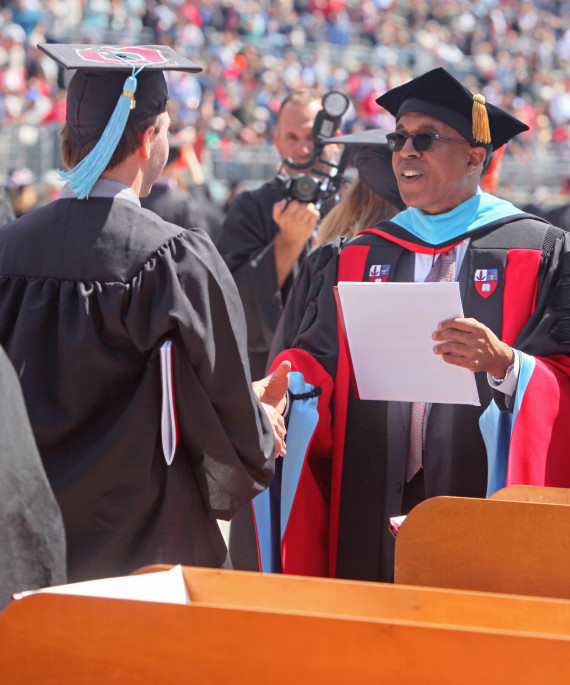
A study of one Texas school district reveals one of the best evidence-based ways ever found to close the educational achievement gap between black and white students.
The research, led by Roger Goddard, Novice G. Fawcett Chair and professor of educational administration, found that teachers’ sense of collective efficacy in any one school – the belief that they had the capability and support necessary to educate their students – was closely connected to the achievement gap.
Schools in which teachers showed high levels of collective efficacy had a 50 percent reduction in the academic disadvantage experienced by black students, compared to schools where teachers had average levels, the study showed.
collective efficacy: [kuh-lek-tiv ef-i-kuh-see] – the belief that teachers have the capability and support necessary to educate their students
“The importance of this finding should not be underestimated,” Goddard said.
“The achievement gap has been a persistent problem in the country with few good solutions. But we found something that really makes a difference and that schools can take proactive steps to develop.”
Goddard conducted the study with Linda Skrla of the University of the Pacific and Serena Salloum of Ball State University. Their results appear in the Journal of Education for Students Placed at Risk.
The study involved 13,472 students and 2,041 of their teachers in 47 schools in one Texas school district. Student achievement in each school was measured by scores on state-mandated mathematics tests in grades four and five. The researchers controlled for the students’ socioeconomic status.
“The achievement gap has been a persistent problem in the country with few good solutions. But we found something that really makes a difference and that schools can take proactive steps to develop.”
The test scores in each school were compared with the teachers’ scores on a scale developed by Goddard that measured their sense of collective efficacy.
The questions on the scale are designed to measure two aspects of collective efficacy, Goddard said: How capable the teachers feel and how difficult they thought their task was. Teachers rated how much they agreed with statements like “Teachers here are confident they will be able to motivate their students” and “The opportunities in this community help ensure that these students will learn.”
Not surprisingly, the more teachers believed they could make a difference, the better both black and white students scored on achievement tests.
“But it was notable that collective efficacy didn’t help all students equally – it actually helped black students more and helped them close the gap with white students,” Goddard said.

How does 'collective efficacy' help?
Goddard said other research suggests teachers who feel efficacious put forth more effort, are more creative problem solvers, and are less likely to give in to negative thoughts when things go wrong.
This approach was evident in another part of their study in which the researchers conducted focus groups with teachers in six schools. They chose schools that were both above and below average when it came to student test scores and collective efficacy for teachers.
One teacher explained how his school, which served mostly students of color and had a high level of collective efficacy, reached the state’s top performance rating:
“The bottom line is that we did it because…we believed we could get the kids to do it. We did it with 15,000 hours of after-school tutoring…We did it because we convinced the children they could do it.”
Many teachers in top-achieving schools with high levels of collective efficacy talked about how they used social persuasion to enforce norms of high expectations for student success. That means teachers were expected to go beyond their job responsibilities.
One teacher said: “We know that to work here you have to do whatever it takes to get [the students to succeed].”
"[C]ollective efficacy didn’t help all students equally – it actually helped black students more and helped them close the gap with white students."
Another key point that came through in the focus groups was that the support of principals and school administrators was absolutely vital for teachers to feel this sense of collective efficacy.
“Principals could either empower teachers to try their best or, in some cases, could make it harder to succeed. But the teachers we talked to left no doubt that principals were crucial,” Goddard said.
In a previous study, Goddard and his colleagues found that a high level of social capital was another key trait found in successful schools. Social capital is the network of relationships between school officials, teachers, parents and the community that builds trust and norms that promote academic achievement.
Goddard said social capital and collective efficacy are related, but they aren’t the same thing. Social capital is necessary for successful schools, but it is not sufficient.
“Social capital can help, but without that belief in your ability to successfully reach students, the chances you’ll achieve your goals are vastly reduced,” he said.




